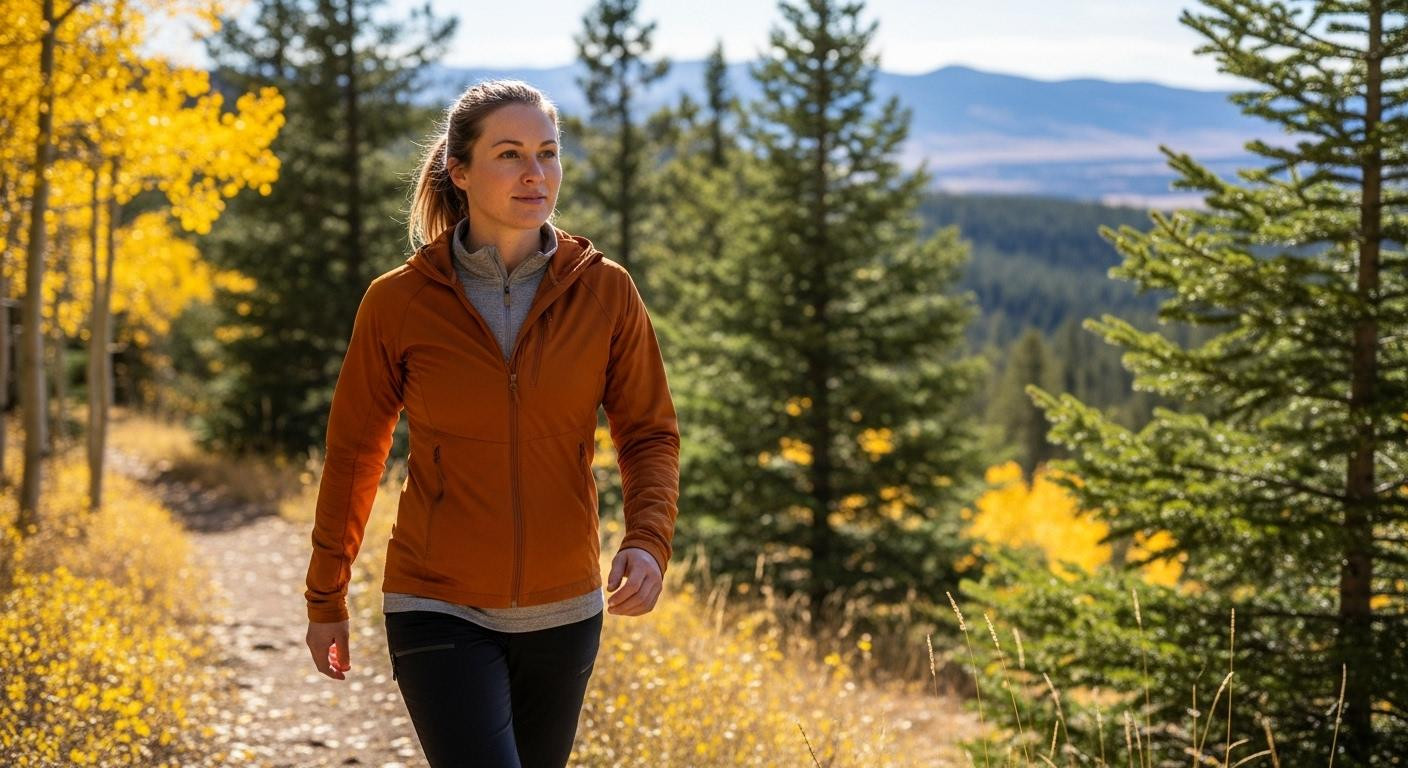At 6:47 AM in Asheville, North Carolina, steam rises from fresh coffee while morning mist lifts through golden fall leaves. The Blue Ridge Parkway stretches empty of tour buses. Three days ago, mountain towns meant Park City’s $250 nightly rates or Estes Park’s 3 million annual visitors. Now, standing where five American destinations reveal November’s quiet truth: authentic mountain culture exists beyond resort marketing. These overlooked trails await discovery where locals still outnumber tourists.
The great mountain town divide: resort luxury versus authentic gateways
Park City’s Victorian Main Street sits at 7,000 feet elevation. The town draws 1.5 million visitors annually to Olympic-caliber slopes and $250 average nightly stays. Estes Park’s 3 million guests queue for Rocky Mountain National Park access while downtown hums with tour buses.
Yet 150 miles from Seattle, Mazama’s 200 residents maintain Nordic trails through Methow Valley. Fewer than 20,000 discover this wilderness annually. Whitefish’s 8,000 locals protect Glacier National Park’s gateway authenticity at $175 nightly averages.
The split isn’t geographic. It’s philosophical. Resort towns monetize mountain access. Gateway towns guard it.
November’s hidden advantage: when locals reclaim their mountains
November transforms mountain town dynamics in ways summer visitors never witness. Shoulder season economics deliver 25-40% price drops across these destinations. The thermometer tells part of the story.
Shoulder season economics reshape mountain access
Asheville’s $140 November average versus $220 summer peak. Park City’s post-ski-season calm before winter rush begins. Mazama’s $110 cabins accessible without summer booking wars.
Temperature ranges favor hiking: Asheville holds 50-70°F, Park City ranges 45-70°F. Perfect hiking weather minus crowds.
The 6:47 AM ritual reveals authentic mountain culture
Blue Ridge Parkway segments empty of tour buses at dawn. Methow Valley trails host locals’ sunrise Nordic sessions. Whitefish Lake reflects pine forests without jet ski noise.
November mornings reveal mountain towns’ authentic rhythm. Locals unlock coffee shops, prepare trails, live the life tourists photograph. This silence transforms visitors seeking genuine mountain experiences.
Five towns, five distinct mountain personalities
Beyond hiking and hot springs, each destination offers unique cultural character. The differences matter for travelers choosing their mountain sanctuary.
Asheville’s arts and Appalachia fusion
The town’s 95,000 residents support craft breweries and farm-to-table dining. Local dishes include trout, ramps, and southern barbecue. Art Deco architecture meets Blue Ridge wilderness at the 250-room Biltmore Estate.
November foliage draws photographers to Parkway overlooks. Downtown galleries host LEAF Festival artists year-round. Similar mountain village aesthetics appear across eastern ranges.
Mazama’s Nordic simplicity and conservation focus
Just 200 souls maintain 200km of Methow Trails through conservation-focused living. Sparse wooden cabins overlook turquoise alpine lakes and goat-cliff climbing culture. Sustainability isn’t marketing here.
At 2,370 feet elevation, community infrastructure depends on low-impact tourism. The town represents what mountain living looks like without resort development.
Cost reality: what $140 buys in each destination
Park City’s $250 average secures resort proximity and Sundance Film Festival access. Asheville’s $140 delivers downtown walkability to craft breweries and Parkway trailheads. Mazama’s $110 cabins include Nordic trail access and mountain silence.
Whitefish’s $175 positions visitors 30 minutes from Glacier National Park. Estes Park’s $130 means Rocky Mountain gateway convenience with 3 million annual neighbors. The dollar-per-experience equation shifts dramatically: luxury amenities versus authentic immersion.
Resort polish costs more than local coffee shop conversations. Forest bathing delivers wellness benefits at fraction of spa treatment costs.
Your questions about America’s best mountain towns for hiking and relaxation answered
Which town offers the best November hiking without crowds?
Mazama and Whitefish see 90% fewer visitors than summer peaks. Mazama’s Methow Trails remain snow-free until mid-November with 200km of options. Whitefish provides Glacier National Park access when Going-to-the-Sun Road closes to vehicles but opens to hikers.
Asheville’s Blue Ridge Parkway segments close to cars but welcome walkers among peak fall colors.
What’s the realistic daily budget for each destination?
Mazama: $110 lodging plus $15 meals equals $140 daily. Asheville: $140 lodging plus $18 meals plus $70 Biltmore entry equals $230 daily. Park City: $250 lodging plus $30 meals plus $120 ski pass equals $400 daily winter.
Budget-conscious travelers find 40% savings choosing Whitefish ($175) or Estes Park ($130) over Park City luxury.
How does Asheville compare to Colorado mountain towns?
Asheville sits at 2,134 feet versus Estes Park’s 7,522 feet and Park City’s 7,000 feet. Gentler altitude adjustment, milder November weather (50-70°F versus 35-55°F), and Appalachian culture versus Western cowboy heritage.
Four million annual visitors match Estes Park’s draw but spread across 45 square miles versus Estes’ compressed 10 square miles.
Morning mist lifts from Whitefish Lake at 7:15 AM, revealing pine reflections and granite peaks. A local unlocks the coffee shop two hours before tourists arrive. This November moment defines mountain towns that prioritize community over crowds, experience over luxury.
